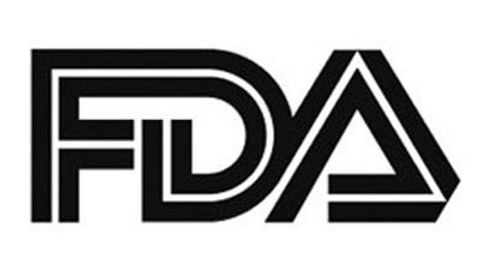FDA Approves Olutasidenib in Relapsed/Refractory AML
Following impressive data presented at the ASH Annual Meeting, the FDA granted approval to olutasidenib or the treatment of patients with treatment-naïve and relapsed or refractory acute myeloid leukemia.

The FDA has granted approval to olutasidenib (Rezlidhia) for the treatment of patients with treatment-naïve and relapsed or refractory acute myeloid leukemia (AML).1
Approval was granted of the basis of positive results from the Study 2102-HEM-101 (NCT02719574), which were presented during the American Society of Hematology (ASH) Annual Meeting. In the study, treatment with olutasidenib resulted in high complete response rates and had manageable toxicity.
The CR rate observed with olutasidenib was 32% (95% CI, 24.5%-40.2%) and there was CR with partial hematologic recovery (CRh) rate of 3%. The median times to CR of 2.8 months (range, 0.9-7.4) and the median time to CRh was not assessed. The combined CR+CRh rate was 35% (95% CI, 27.0%-43.0%) and a combined median time to response of 1.9 months (range, 0.9-5.6). Results also showed that 10% of patients had a CR with incomplete recovery (CRi), 2% had a partial response, 1% had a morphologic leukemia-free state, and 35% did not respond.2
A total of 153 patients with IDH1-mutant, relapsed/refractory AML were included in the safety population. All the patients had received at least one dose of olutasidenib. The efficacy evaluable population included 147 patients with centrally confirmed IDH1 mutations who received the first dose of olutasidenib at least 6 months before the data cutoff date. Six patients without centrally confirmed IDH1 mutations were excluded.
The phase 2 cohort of the open-label, multicenter trial study assessed the primary end point of CR+CRh rate, per modified 2003 International Working Group criteria. The key secondary end points were overall response rate (ORR), duration of CR+CRh, duration of response (DOR), transfusion independence rate including red blood cells (RBCs) and/or platelets, and overall survival (OS).
Results from the study also showed that the ORR was 48%, and the median time to response of 1.9 months (range, 0.9-10.2).
Results for the secondary end points showed that the median OS was 11.6 months (95% CI, 8.9-15.5). The median OS was not reached (NR; 95% CI, 22.8-NR), 13.7 months (95% CI, 6.0-NR), and 4.0 months (95% CI, 3.2-5.8) in the CR+CRh responders, other responders, and non-responders, respectively. The estimated 18-month survival rate of patients with a CR+CRh was 78%.
Moreover, of the 86 patients who were red blood cell and/or platelet transfusion dependent at baseline, 34% achieved 56-day transfusion independence. Notably, there was a higher transfusion independence rates in baseline transfusion-dependent patients who achieved CR+CRh than in other responders.
Eleven percent of patients were eligible for hematopoietic stem cell transplantation (HSCT) after treatment with olutasidenib. One of the patients discontinued olutasidenib due to an adverse event before HSCT. Of the 15 patients who discontinued olutasidenib for HSCT, 11 achieved a CR+CRh, 3 had a Cri, and 1 had stable disease.
The safety results showed that, 73% of patients experienced any-grade AE, and 39% had a grade 3 or 4 AE. The most common any-grade treatment-related AEs were nausea (23%), differentiation syndrome (14%) leukocytosis (13%) alanine aminotransaminase increases (8%), constipation (8%), and fatigue (7%).
REFERENCE:
1. REZLIDHIA (olutasidenib), FDA-approved for treatment of adult patients with relapsed or refractory acute myeloid leukemia, available at biologics by McKesson. News release. December 19, 2022. Accessed December 21, 2022.
2. Cortes J, Fenaux P, Yee, K, et al. Olutasidenib (FT-2102) induces durable complete remissions in patients with relapsed/refractory mIDH1 acute myeloid leukemia. Results from a planned interim analysis of a phase 2 pivotal clinical trial. Blood. 2022;140(suppl 1):6193-6196. doi:10.1182/blood-2022-167330









